Thesis & Dissertations
Ph.D. Dissertations Advised (Major Professor)
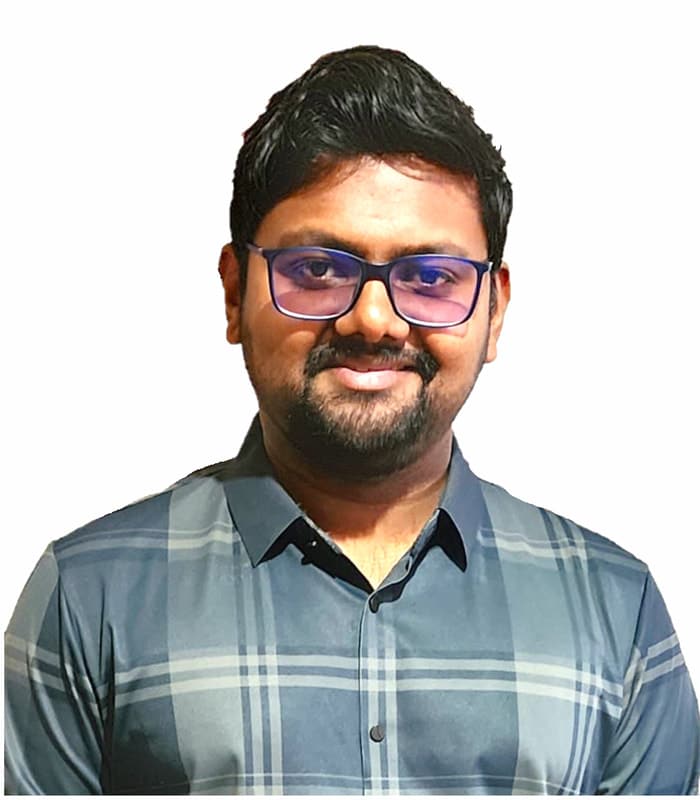
4) Sabyasachi Biswas
Dissertation: Complex-Valued Structured Parameterized Learnable Filter banks for Time-Frequency Domain based Classification
Date of Degree: 07-25-2025
Abstract
Coming soon
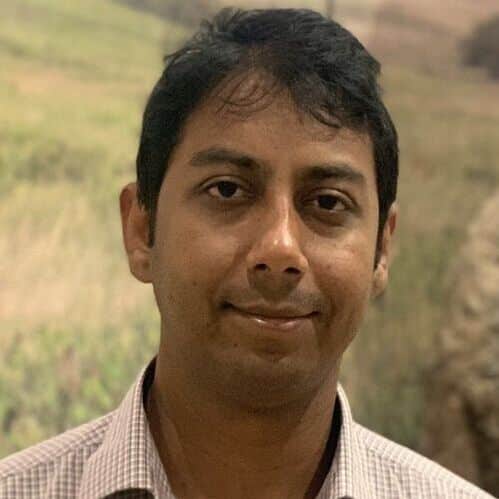
3) Md Mehedi Farhad
Dissertation: Estimating surface reflectivity with smartphone and semi-custom GNSS receivers on UAS-based GNSS-R technology and surface brightness temperature using UAS-based L-band microwave radiometer
Date of Degree: 5-10-2024 ( Joined 2023 – Previous advisor: Mehmet Kurum)
Abstract
Accurate measurement of soil moisture (SM) has a significant impact on agricultural production, hydrological modeling, forestry, horticulture, waste management, and other environmental fields. Particularly in precision agriculture (PA), high spatiotemporal resolution information about surface SM is crucial. However, the use of invasive SM probes and other sensors is expensive and requires extensive manpower. Moreover, these intrusive techniques provide point measurements and are unsuitable for large agricultural fields. As an alternative, this dissertation explores the remote sensing of surface SM by utilizing the surface reflectivity estimated from global navigation satellite systems reflectometry (GNSS-R) data acquired through smartphones and off-the-shelf, cost-effective U-blox global navigation satellite systems (GNSS) receivers. To estimate surface reflectivity, the GNSS receivers are attached underneath a small unmanned aircraft system (UAS), which flies over agricultural fields. Additionally, this dissertation investigates a fully custom UAS-based dual-polarized L-band microwave radiometric measurement technique over agricultural areas to estimate surface brightness temperature. The radiometer measures surface emissivity as ., allowing for the estimation of surface SM while considering the detection and removal of radio frequency interference (RFI) from the radiometric measurements. This radiometer processes the data in near real-time onboard the UAS, collecting raw in-phase and quadratic (I&Q) signals across the study field. This feature mitigates the RFI onboard and significantly reduces post-processing time. In summary, this study highlights the utilization of smartphones and semi-custom GNSS receivers in conjunction with UAS-based GNSS-R techniques and UAS-based L-band microwave radiometry for the estimation of surface reflectivity and .. The radiometric measurement of surface emissivity is related to surface reflectivity through the relationship (Emissivity = 1 -Reflectivity).
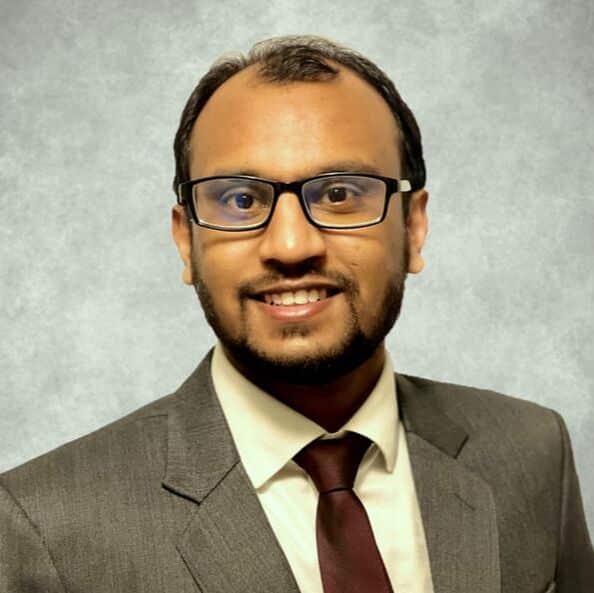
2) M M Nabi
Dissertation: Deep learning based soil moisture retrieval using GNSS-R observations from CYGNSS
Date of Degree: 5-10-2024
Abstract
The National Aeronautics and Space Administration’s (NASA) Cyclone Global Navigation Satellite System (CYGNSS) mission has grown substantial attention within the land remote sensing community for estimating soil moisture (SM), wind speed, flood extent, and precipitation by using the Global Navigation Satellite System-Reflectometry (GNSS-R) technique. CYGNSS constellation generates important earth surface information called Delay-Doppler Maps (DDMs) from GNSS reflection measurements. Many previous findings considered only designed features from CYGNSS DDMs, such as the peak value of DDMs, whereas the whole DDMs are affected by SM, topography, inundation, and overlying vegetation. This dissertation explores a deep learning approach for estimating SM by leveraging spaceborne GNSS-RDDM observations provided by the CYGNSS constellation along with other remotely sensed geophysical data products. A data-driven approach utilizing convolutional neural networks (CNNs) that is trained jointly with three types of processed DDMs of Analog Power, Effective scattering area, and Bistatic Radar Cross-section (BRCS) with other auxiliary geophysical information such as normalized difference vegetation index (NDVI), elevation, soil properties, and vegetation water content (VWC). The model is trained and evaluated using the Soil Moisture Active Passive (SMAP) mission’s enhanced SM products at a 9km × 9km resolution. The model is also evaluated using in-situ measurements from International Soil Moisture Network (ISMN). The proposed approach is first explored in the Continental United States (CONUS) and then extended for global SM retrieval. The most challenging validation efforts show potential improvement for future spaceborne SM products with high spatial and temporal resolution. In addition, several SM fusion algorithms have been explored in order to combine several CYGNSS-based SM products. The fusion algorithm can help to achieve better estimation performance compared to individual products and keep the properties of individual products.
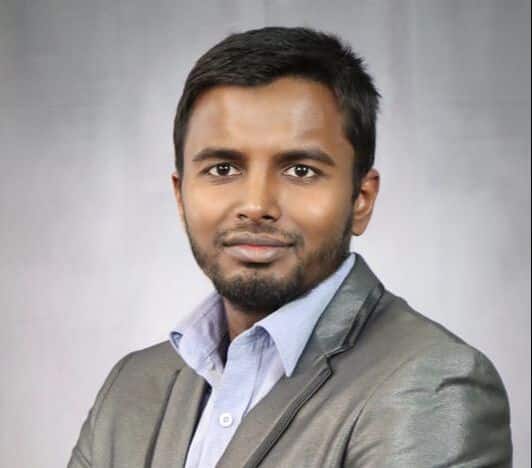
1) Robiulhossain Mdrafi
Dissertation: Data-Driven Sparse Computational Imaging with Deep Learning
Date of Degree: 5-13-2022
Abstract
Typically, inverse imaging problems deal with the reconstruction of images from the sensor measurements where sensors can take form of any imaging modality like camera, radar, hyperspectral or medical imaging systems. In an ideal scenario, we can reconstruct the images via applying an inversion procedure from these sensors’ measurements, but practical applications have several challenges: the measurement acquisition process is heavily corrupted by the noise, the forward model is not exactly known, and non-linearities or unknown physics of the data acquisition play roles. Hence, perfect inverse function is not exactly known for immaculate image reconstruction. To this end, in this dissertation, I propose an automatic sensing and reconstruction scheme based on deep learning within the compressive sensing (CS) framework to solve the computational imaging problems. Here, I develop a data-driven approach to learn both the measurement matrix and the inverse reconstruction scheme for a given class of signals, such as images. This approach paves the way for end-to-end learning and reconstruction of signals with the aid of cascaded fully connected and multistage convolutional layers with a weighted loss function in an adversarial learning framework. I also propose to extend our analysis to introduce data driven models to directly classify from compressed measurements through joint reconstruction and classification. I develop constrained measurement learning framework and demonstrate higher performance of the proposed approach in the field of typical image reconstruction and hyperspectral image classification tasks. Finally, I also propose a single data driven network that can take and reconstruct images at multiple rates of signal acquisition. In summary, this dissertation proposes novel methods on the data driven measurement acquisition for sparse signal reconstruction and classification, learning measurements for given constraints underlying the requirement of the hardware for different applications, and producing a common data driven platform for learning measurements to reconstruct signals at multiple rates. This dissertation opens the path to the learned sensing systems. The future research can use these proposed data driven approaches as the pivotal factors to accomplish task-specific smart sensors in several real-world applications.
M.S. Thesis Advised (Major Professor)
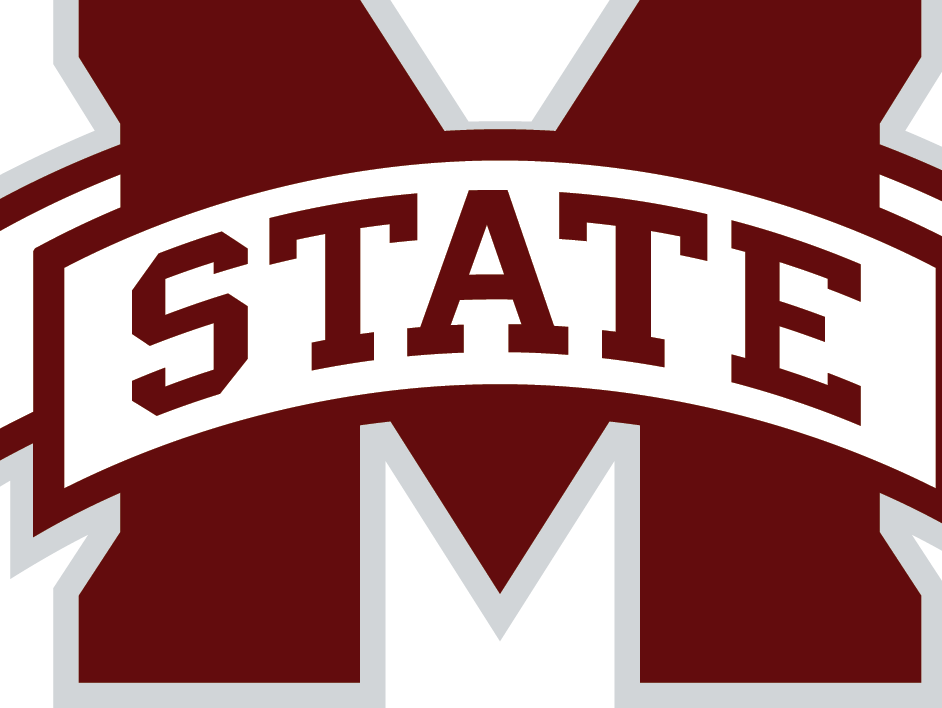
- Ajaya Dahal, (Fall 2023) , “Software Defined Radio (SDR) based sensing”
- Wm. Peyton Johnson, (Fall 2022), Thesis: Assessment of Simulated and Real-world Navigation Performance with Small-Scale Unmanned Ground Vehicles
- Matt Duck, (Spring 2022), Thesis: Analysis and implementation of low fidelity radar-based remote sensing for unmanned aircraft systems
- Benjamin Bartlett, (Spring 2022), Thesis: Recognizing traffic signaling gestures through automotive sensors.
- Jan Rainer Jamora, (Summer 2021), Thesis: Angular-Dependent Three-Dimensional Imaging Techniques in Multi-Pass Synthetic Aperture Radar
- Samantha Tidrick, (Fall 2021), Thesis: Evaluation of Hyperspectral Band Selection Techniques for Real-Time Applications
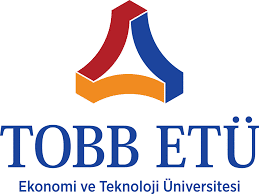
- İhsan İlhan, MS, 2016. Masters Thesis: “Compressive Sensing Based High Resolution Radar Stretch Processing”
- Coskun Aydemir, MS, 2015. Masters Thesis: “Effect of two tone transmit signal on nonlinear junction detection performance”
- Mert Can Aktas, MS, 2013. Masters Thesis: “Comprehensive method for pulse repetition interval modulation recognition for electronic support systems”
- Arif Ataman, MS, Dec 2012. Masters Thesis: “Development of a through the wall imaging radar prototype”
- Celalettin Karakus, MS, Apr 2013 Masters Thesis: “Investigation of the impact of compressive sensing on the energy dissipation and lifetime of wireless sensor networks”
- Muhammed Duman, MS, Dec 2012. Masters Thesis: “Performance analysis of subsurface/through the wall imaging techniques and improvement methods.”
- M. Ali Çağrı Tuncer, MS, Aug 2011. Masters Thesis: “Solutions to the problems of sparsity enhanced subsurface imaging for stepped frequency GPRs.”